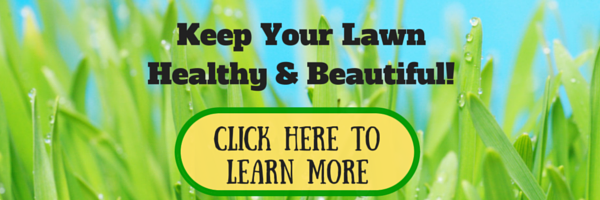Do you suffer from spring landscape envy?
Does it seem like every time the weather starts warming up from winter, your neighbors have bursts of colorful blooms in their garden and you don't?
Here are some fall plantings that must take place this fall so that you can reap the rewards after the chilly months ahead.
Trees
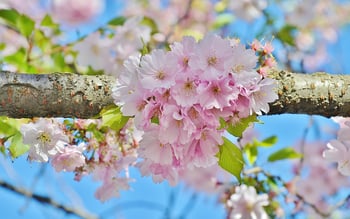 September - November is the ideal season for planting trees because it encourages root growth through the winter to establish a firm underground foundation before the heat of the summer returns. The fall season naturally brings more rainfall and cooler temperatures, so your new tree will require less watering.
September - November is the ideal season for planting trees because it encourages root growth through the winter to establish a firm underground foundation before the heat of the summer returns. The fall season naturally brings more rainfall and cooler temperatures, so your new tree will require less watering.
Another benefit of planting trees in the fall is realized with spring blooming specimens. Trees such as Redbuds, Flowering Cherries, and Dogwoods show their greatest features in the early spring months and if you plant in the spring, you run the chance of missing their display that year.
However, there is a time when it becomes too late to plant trees in the fall. Trees should be planted approximately 4-6 weeks prior to the first hard frost so the roots can actually penetrate the soil before the ground becomes too frozen.
Spring Blooming Shrubs
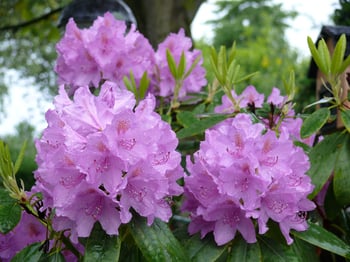 Planning in the fall is essential when it comes to planting spring bloomers such as Azaleas, Ninebark, Weigela, Forsythia, and Rhododendron (in photo).
Planning in the fall is essential when it comes to planting spring bloomers such as Azaleas, Ninebark, Weigela, Forsythia, and Rhododendron (in photo).
Many people often request a flowering shrub or perennial in their landscape because they’ve seen it in their neighbor’s landscape.
But, by the time you decide on a location, specimen, and color, there is a good chance that the blooming period of that plant has expired!
Plan now to get full enjoyment from your spring bloomers.
Bulbs
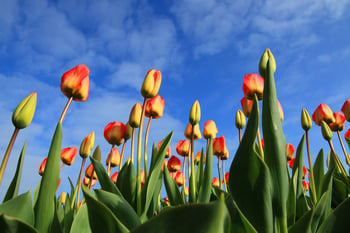 Fall is the ONLY time to plant spring-blooming bulbs like Hyacinths, Daffodil, Jonquil, Alium, Iris, Crocus, & Tulip (in photo).
Fall is the ONLY time to plant spring-blooming bulbs like Hyacinths, Daffodil, Jonquil, Alium, Iris, Crocus, & Tulip (in photo).
It is fun to plant several different varieties because they all come with different bloom times and you will enjoy your hard work all spring long! A good rule of thumb is to plant a few extra in case some do not come up.
Remember to read each label because bulb planting depth varies depending on the type of flower you’re expecting.
Grass Seed
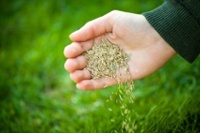 Over time, grass plants need to be replaced. Different factors contribute to the breakdown of the grass including foot traffic, heat, lack of water/nutrition, environmental conditions, pet waste, etc.
Over time, grass plants need to be replaced. Different factors contribute to the breakdown of the grass including foot traffic, heat, lack of water/nutrition, environmental conditions, pet waste, etc.
The best time to overseed is in the fall. Mother Nature provides us with more precipitation and cooler weather, diseases are less active, and the soil is still warm.
Spring seeding does not produce satisfactory results for 3 basic reasons:
1. Spring is the time to apply crabgrass pre-emergents and your desirable grass seeds typically lose the battle against pre-emergents.
2. Aerating is an important practice that takes place with overseeding and the aeration will break the thin barrier of the crabgrass pre-emergent, making it ineffective.
3. The young seedlings often do not have enough time to reach maturity before the heat of the summer hits and they're weakened or destroyed by drought, disease or pests.
There is still time to plant grass seed this fall to have a thick, healthy lawn next year that your whole family can enjoy! Grass seed will begin to germinate within 1-2 weeks when planted by Dowco before October 10th.

